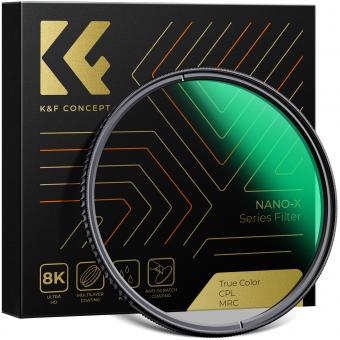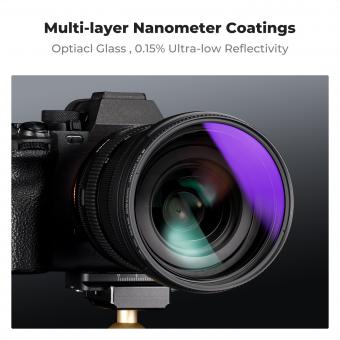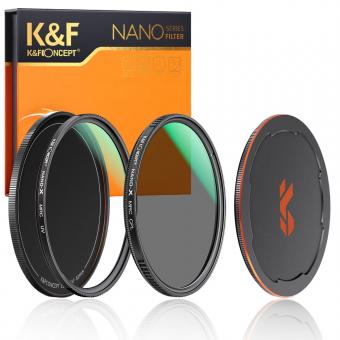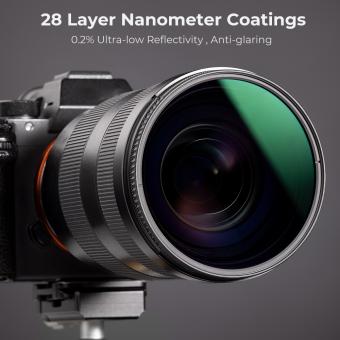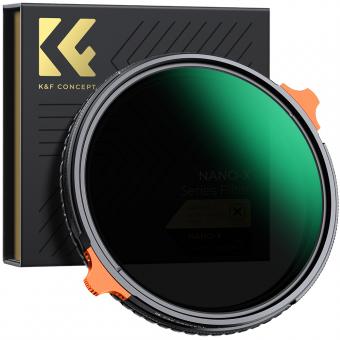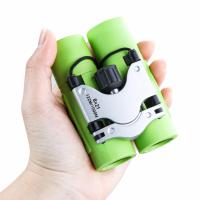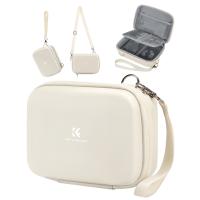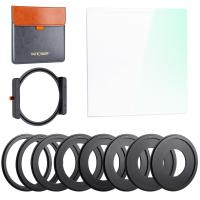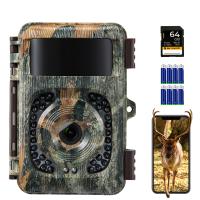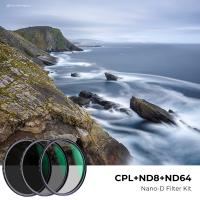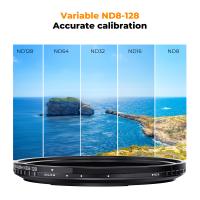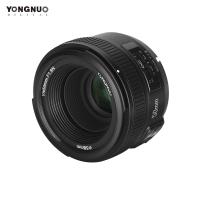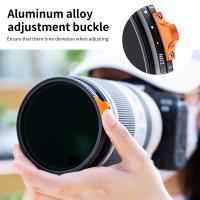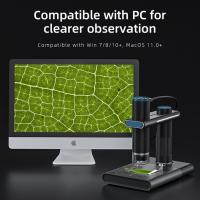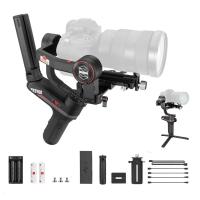How To Use A Camera Filter Wrench ?
To use a camera filter wrench, first ensure that your camera lens is turned off and remove any lens cap or protective cover. Place the filter wrench around the edge of the filter you want to remove. Hold the camera lens firmly with one hand to prevent any accidental movement. With your other hand, grip the filter wrench and turn it counterclockwise to loosen the filter. Apply gentle and even pressure while turning to avoid damaging the filter or lens. Once the filter is loose, continue turning it by hand until it can be easily removed. Be cautious not to overtighten or force the filter, as this can cause damage.
1、 Types of camera filter wrenches available in the market
Types of camera filter wrenches available in the market:
Camera filter wrenches are essential tools for photographers who frequently use filters on their lenses. These wrenches help to securely attach and remove filters without damaging them or the lens. There are several types of camera filter wrenches available in the market, each designed to cater to different needs and preferences.
1. Rubberized Filter Wrench: This type of wrench is made of rubber material, which provides a strong grip on the filter. It is flexible and can fit filters of various sizes. The rubberized surface ensures a secure hold, making it easier to twist and remove filters.
2. Metal Filter Wrench: These wrenches are made of durable metal, such as aluminum or stainless steel. They offer a sturdy grip and are suitable for removing stubborn filters. Metal filter wrenches often have adjustable jaws to accommodate different filter sizes.
3. Strap Filter Wrench: Strap wrenches feature a strap that wraps around the filter, providing a secure grip. They are adjustable and can fit filters of various diameters. Strap wrenches are lightweight and compact, making them convenient for travel.
4. Filter Pliers: Filter pliers have a unique design with two jaws that grip the filter from opposite sides. They provide a strong grip and are particularly useful for removing stuck filters. Some filter pliers also have rubberized jaws to prevent scratches.
5. Filter Wrench Pliers: These wrenches have a plier-like design with adjustable jaws. They offer a secure grip and are suitable for removing filters of different sizes. Some models also feature rubberized jaws for added protection.
The latest advancements in camera filter wrenches include ergonomic designs for comfortable handling and improved grip. Some wrenches also come with additional features like built-in bubble levels or LED lights for better visibility in low-light conditions.
To use a camera filter wrench, simply place it around the filter and apply gentle pressure while twisting counterclockwise to remove the filter. When attaching a filter, place it on the lens and use the wrench to twist it clockwise until it is securely in place.
Overall, camera filter wrenches are essential tools for photographers, ensuring easy and safe attachment and removal of filters. With the variety of options available in the market, photographers can choose the type of wrench that best suits their needs and preferences.

2、 Step-by-step guide on using a camera filter wrench
Step-by-step guide on using a camera filter wrench:
1. Start by ensuring that your camera is turned off and remove any lens cap or protective cover from the lens.
2. Identify the filter that needs to be removed. Camera filter wrenches are specifically designed to help remove stubborn or stuck filters from camera lenses.
3. Place the camera filter wrench around the edge of the filter. The wrench should fit snugly around the filter, providing a firm grip.
4. Hold the camera firmly with one hand while using the other hand to turn the filter wrench counterclockwise. Apply gentle and steady pressure to loosen the filter.
5. If the filter is particularly tight, you can try tapping the wrench gently with a rubber mallet or using a cloth for added grip. Be cautious not to apply excessive force, as this could damage the lens or filter.
6. Once the filter starts to loosen, continue turning the wrench until it can be easily removed by hand. Be careful not to drop the filter or let it come into contact with any dirt or debris.
7. After removing the filter, inspect the lens for any residue or smudges. Use a lens cleaning solution and a microfiber cloth to clean the lens surface before attaching a new filter or lens cap.
Camera filter wrenches are essential tools for photographers, especially when dealing with filters that have become stuck due to over-tightening or environmental factors. They provide a secure grip and help prevent damage to the lens or filter during removal. Remember to handle the camera and filter with care, and always follow the manufacturer's instructions for your specific camera model.

3、 Tips for safely removing stuck camera filters with a wrench
Tips for safely removing stuck camera filters with a wrench:
1. Assess the situation: Before attempting to remove a stuck camera filter with a wrench, it's important to assess the situation. Determine the type of filter you are dealing with (e.g., circular screw-on filter) and the material it is made of (e.g., metal or plastic). This will help you choose the appropriate method for removal.
2. Use a filter wrench: A camera filter wrench is a specialized tool designed to grip and remove stuck filters. To use it, place the wrench around the edge of the filter and apply gentle pressure in a counterclockwise direction. Be careful not to apply excessive force, as this could damage the filter or lens.
3. Apply heat or cold: If the filter is stuck due to thermal expansion or contraction, you can try applying heat or cold to loosen it. For example, using a hairdryer to gently warm the filter or placing it in the freezer for a few minutes can help expand or contract the metal, making it easier to remove.
4. Use a rubber band or rubber gloves: If you don't have a filter wrench, you can try using a rubber band or rubber gloves for added grip. Wrap a rubber band around the filter or wear rubber gloves to increase friction and provide a better grip while attempting to unscrew it.
5. Seek professional help if needed: If all else fails and you are unable to remove the stuck filter safely, it is advisable to seek professional assistance. Camera repair shops or lens manufacturers have the expertise and tools to safely remove stuck filters without causing any damage to your equipment.
It's worth noting that prevention is key to avoiding stuck filters. Regularly cleaning and maintaining your camera filters, as well as using a filter thread protector, can help prevent them from getting stuck in the first place.
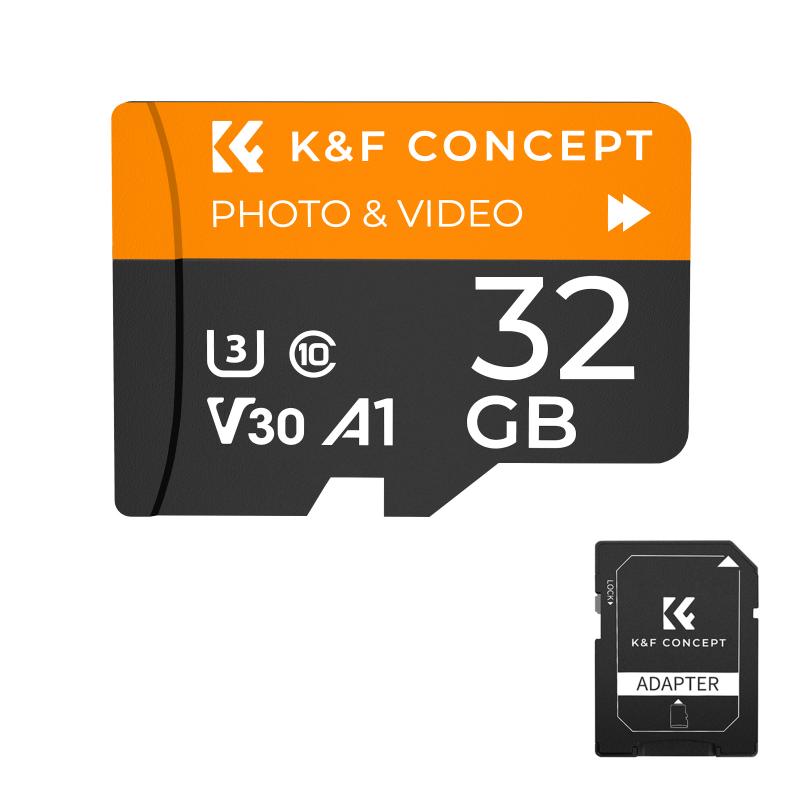
4、 Common mistakes to avoid when using a camera filter wrench
How to use a camera filter wrench:
Using a camera filter wrench is a simple and effective way to remove stubborn filters from your camera lens. Here are the steps to use a camera filter wrench properly:
1. Choose the right size: Camera filter wrenches come in different sizes to fit various filter diameters. Make sure to select the wrench that matches the size of your filter.
2. Attach the wrench: Place the wrench around the filter ring, ensuring a secure grip. The wrench should fit snugly without causing any damage to the filter or lens.
3. Rotate counterclockwise: Apply gentle pressure and rotate the wrench counterclockwise to loosen the filter. Be cautious not to exert excessive force, as it may cause the filter to crack or damage the lens.
4. Remove the filter: Once the filter is loosened, carefully unscrew it by hand. If it's still stuck, use the wrench to rotate it further until it comes off.
5. Clean and store: After removing the filter, clean it and the lens surface before attaching a new filter or storing the lens.
Common mistakes to avoid when using a camera filter wrench:
1. Using excessive force: Applying too much pressure while using a filter wrench can lead to damage. Always use gentle and controlled force to avoid any mishaps.
2. Using the wrong size wrench: Using a wrench that doesn't fit properly can cause slipping or damage to the filter or lens. Ensure you have the correct size for your filter.
3. Not cleaning the filter: Neglecting to clean the filter before attaching or removing it can result in dust or debris getting trapped, affecting image quality.
4. Mishandling the lens: When using a filter wrench, be careful not to put excessive strain on the lens barrel or other delicate parts of the camera.
5. Not storing the wrench properly: After use, store the filter wrench in a safe place to prevent damage or misplacement.
It's important to note that some modern lenses have built-in mechanisms for easy filter removal, eliminating the need for a wrench. Always refer to your camera's manual for specific instructions on filter removal.







